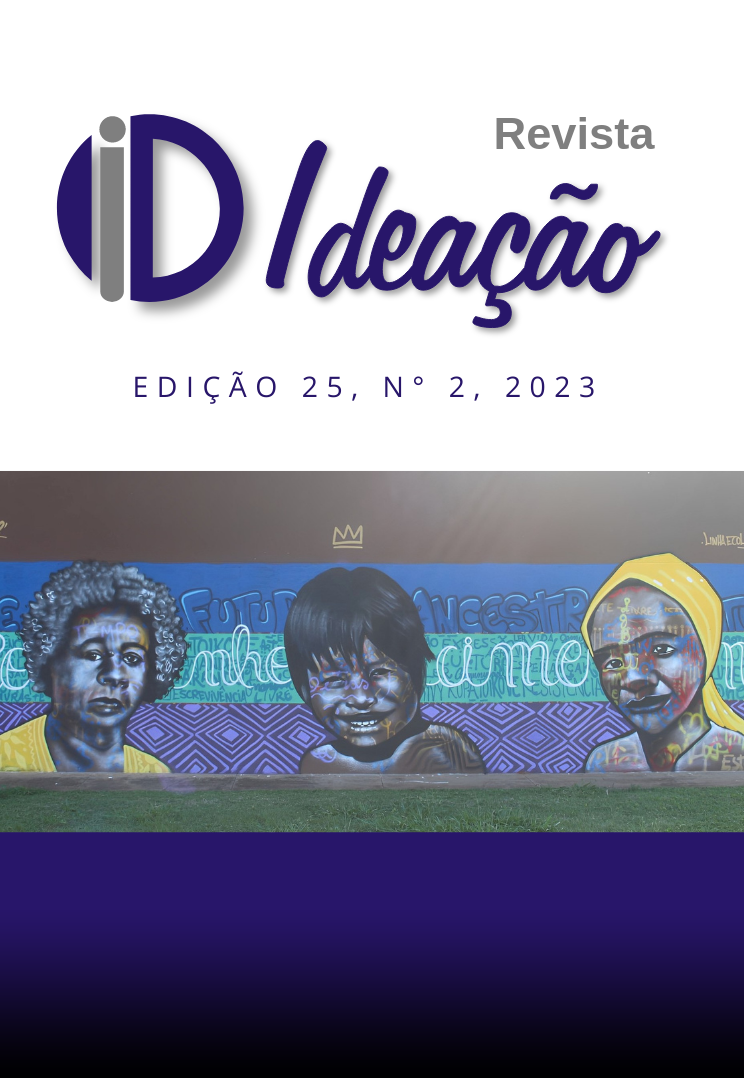“In this historical time”
A new reality to be thought about for the use of digital technologies in undergraduate courses
DOI:
https://doi.org/10.48075/ri.v25i2.30463Keywords:
Social representations, Digital Information and Communication Technologies, Emergency Remote Learning, InequalitiesAbstract
Due to the recurring cases of Covid-19 in Brazil and in the world, there has been a need to adapt and transform educational spaces through the insertion of technological resources in the teaching and learning process, both in Basic Education and in Higher Education. This mechanism ended up increasing inequalities, creating a false sense of inclusion. In order to better understand the situation, we sought to investigate the social representations of university professors of a federal institution located in Bahia about the use of digital technologies in a scenario where students and professors return to face-to-face teaching. We made available to the professors a questionnaire prepared in Google Forms through institutional e-mail and via Whatsapp. To dimension the analysis, as proposed by Bardin, we elaborated a word cloud, highlighting the categories Student (most expressive terms: teacher, learning, difficulty) and Class (most expressive terms: technology, tic, access, face-to-face, activity, pedagogical). The answers were interpreted in the light of the Theory of Social Representations. We conclude that teachers see the Digital Information and Communication Technologies as a didactic-pedagogical resource that provides an opportunity to diversify classes, but that can also cause exclusion among students.
Downloads
Published
How to Cite
Issue
Section
License
Copyright (c) 2023 Direitos partilhados conforme licença CC BY-NC-SA 4.0

This work is licensed under a Creative Commons Attribution-NonCommercial-ShareAlike 4.0 International License.
Authors who publish in this journal agree with the following terms:
1. Authors maintain copyright and grant the journal the right of first publication, with the work simultaneously licensed under the Creative Commons Attribution License that allows the sharing of the work with recognition of authorship and initial publication in this journal.
2. Authors are authorized to assume additional contracts separately, for non-exclusive distribution of the version of the work published in this journal (e.g., to publish in an institutional repository or as a book chapter), with acknowledgment of authorship and initial publication in this journal.
3. Authors are allowed and encouraged to publish and distribute their work online (e.g., in institutional repositories or as a personal page) at any point before or during the editorial process, as this may generate productive changes, as well as increase the impact and citation of the published work (See The Effect of Free Access).
Creative Commons License
This work is licensed under a Creative Commons Attribution-Noncommercial-ShareAlike 4.0 International License, which permits sharing, copying, distributing, displaying, reproducing, the whole or parts provided it has no commercial purpose and the authors and source are cited.


